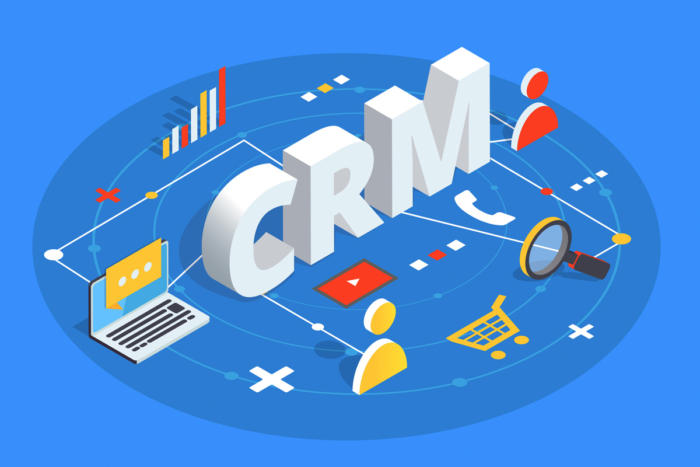
Unstructured Data: Beyond CRM
As humans we are, we have the incredible ability to make decisions based on large amounts of unstructured data that we naturally obtain, filter and process. We can say that almost all the decisions we make are influenced by a varied range of images, sounds, words, aromas, flavors and textures.
Malcolm Gladwell, in his book The Power of Thinking Without Thinking, holds the theory that many of the “instant” decisions we make based on experiences gained over short periods of time are quite accurate, or sometimes even better than those based on elaborated analysis processes.
 We have all made decisions based on our instinct. However, what many do not take into account is that this instinct is built on complex analytical processes in which we not only take immediate sensory inputs into account, but we also use an enormous amount of unstructured data and information that has been previously filtered and processed by our brains.
We have all made decisions based on our instinct. However, what many do not take into account is that this instinct is built on complex analytical processes in which we not only take immediate sensory inputs into account, but we also use an enormous amount of unstructured data and information that has been previously filtered and processed by our brains.
But let’s examine for a moment how companies are organized. In contrast to the human brain, companies make their decisions based on large amounts of structured data. If our brains are fantastic unstructured data processing machines, why are decisions made basically by structured data so important to companies? If the speech, the conversation, plays a fundamental role in the person-to-person interactions, why do not the organizations still take advantage of the potential that contains that unstructured information present in thousands and thousands of conversations and interactions? In the business world, this information is critical to improve the customer experience, identify emerging trends, create new products and services,
Let’s add another element of inconsistency. Many of us have difficulty processing or even remembering structured data. For example, ask yourself how many phone numbers you remember. If you are like most people, a dozen will probably be many, let alone that same exercise we repeat with user names and access codes of all the pages and Internet services of which we are users. It is not strange that we end up writing them down in some type of agenda or notebook, to be able to remember them when we access the opportune service. Now let’s do another type of exercise and try to remember faces of people or recognize favorite songs and movies. We will probably come up with a list of hundreds, if not thousands, of names. Speaking “digitally”,
The explanation of this paradox I find in the evolution that this digital age has had in which we are now living. The computers were initially designed to help us in our shortcomings and limitations when handling structured data, processing numbers quickly and accurately. These systems were not originally built to work with unstructured data, such as text, sounds or images. As a result, most data warehouses, as well as business intelligence, CRM or reporting solutions, can only use and feed with structured data.
But today it is estimated that more than 80% of a company’s data is unstructured data and has a text, voice or video format. Unfortunately, most companies do not have the necessary tools to appreciate the immense wealth of that information, even when it comes to making vital decisions for the company itself.
As marketing professionals, it is quite common for us to obtain data from our clients by conducting surveys and using closed questionnaires, where the answers have to adopt numerical criteria and where the questions are predefined. Unfortunately, these answers do not always allow us to know the history as a whole or to reflect, in a reliable way, the authentic voice of the client, which can often lead us to have incomplete or mistaken market insights and, above all, that really is behind the behavior of our customers, making it what it is.
We must thank the revolution that, in this field, has meant the arrival of social networks. The on-line contributions of our clients have taught us how the unstructured “voice of the customer” can make products, brands, companies and even governments fall. Each email, phone call or video clip, can virally affect thousands and millions of people. We can no longer leave aside, as we have been doing until now, the unstructured voice of the client.
Technology, like the one we developed at Verint , is shortening that gap between machines and the human brain when it comes to capturing, filtering and analyzing large amounts of unstructured data and, as a result, much preparatory field work can be done more quickly and on a larger scale than today. Of course, nobody escapes that the human factor is fundamental, especially when it comes to giving the latest opinions and making judgments, but the main challenge that organizations have to face is the way they “think” and make their decisions.
Companies and organizations must begin to take into account the entire set of possible data sources, both structured and unstructured, that are inside and outside of it. Only then will we be able to make decisions on those “instantaneous” decisions with all the information at our disposal in the company.
Leave a reply